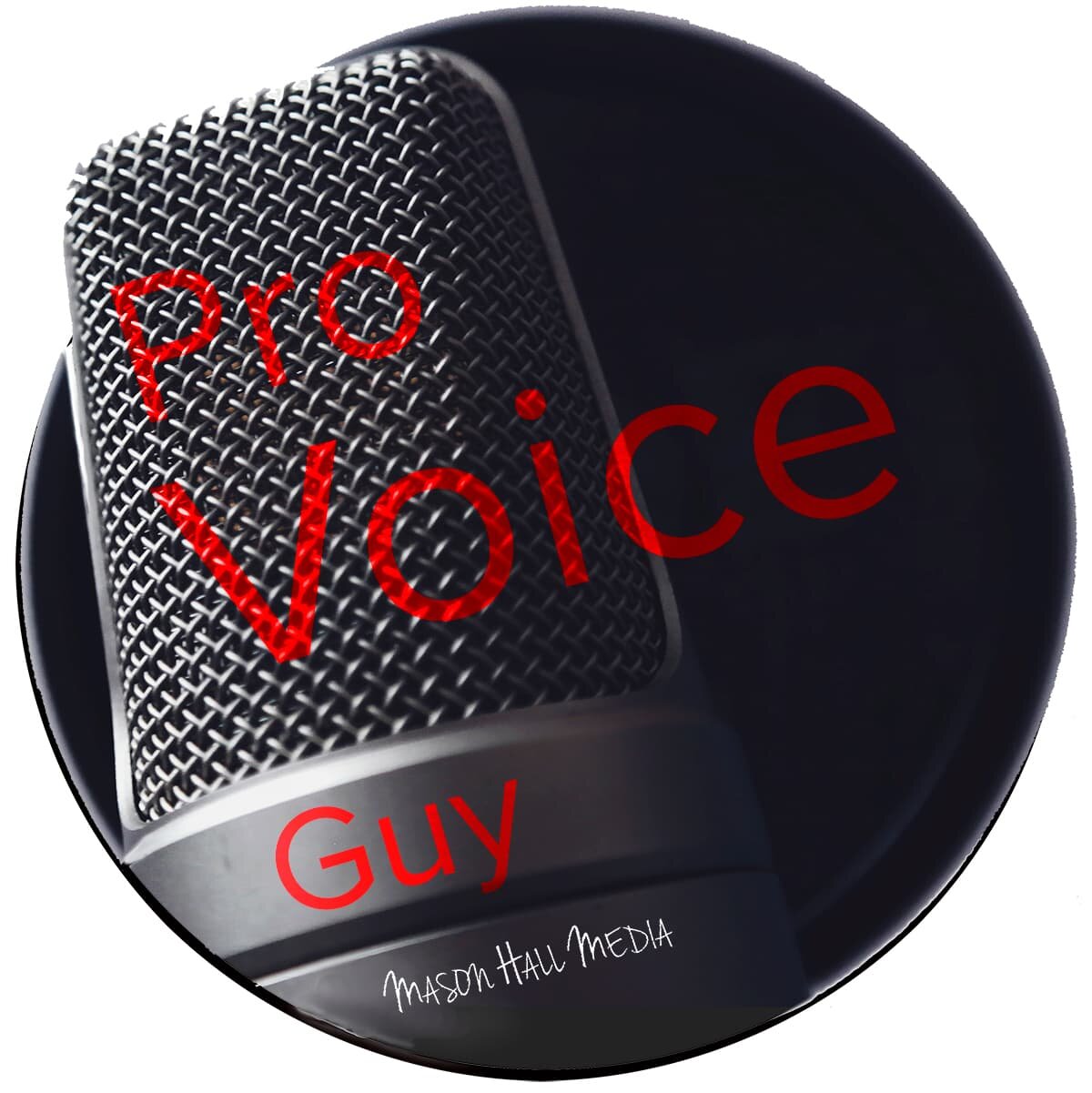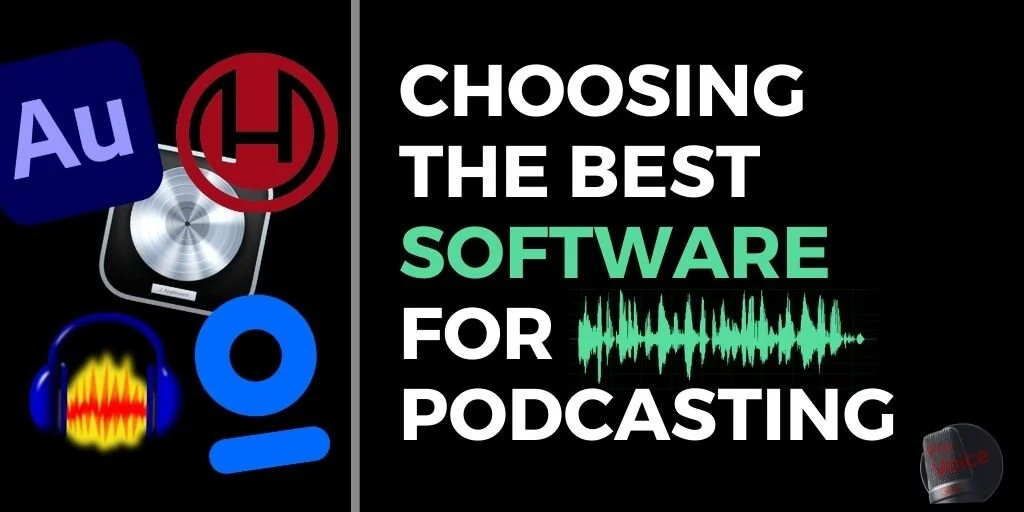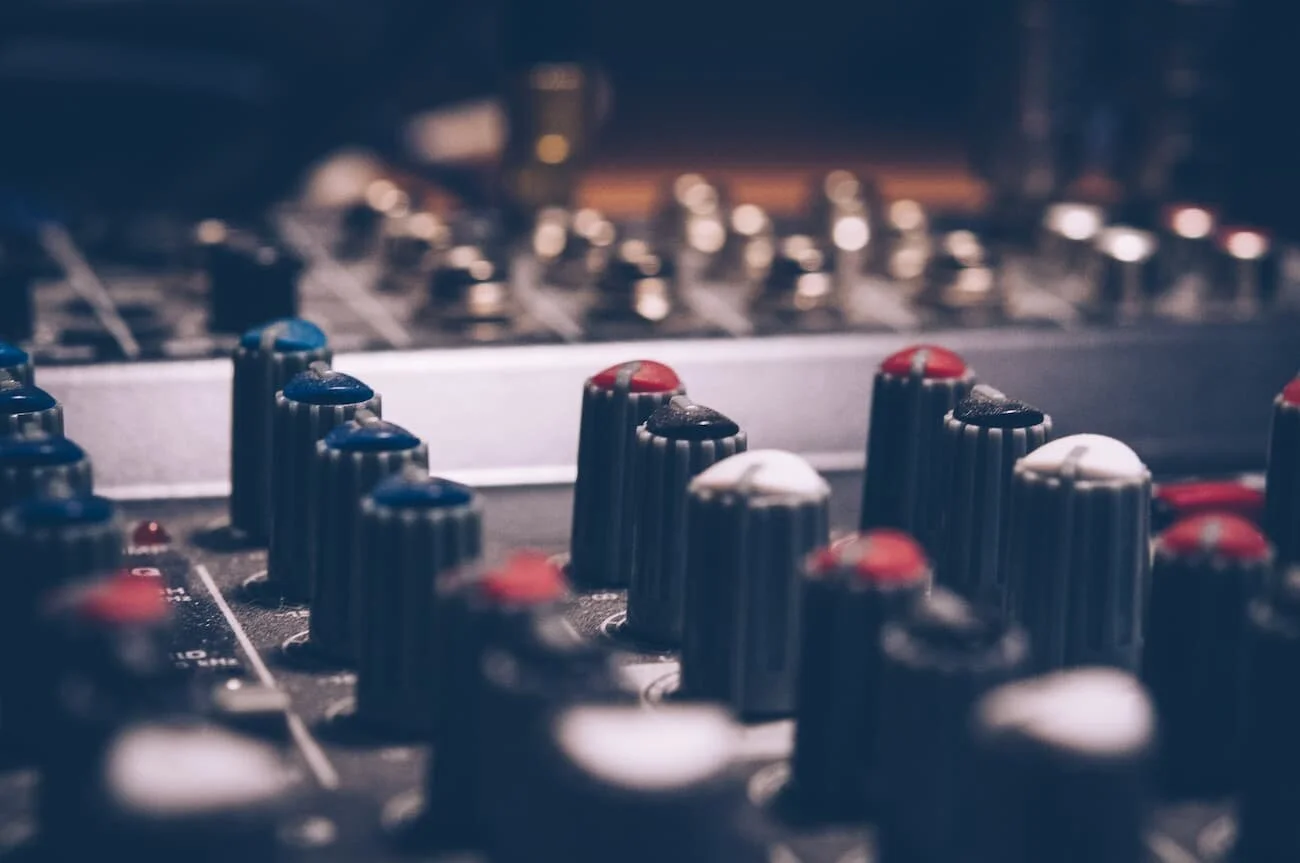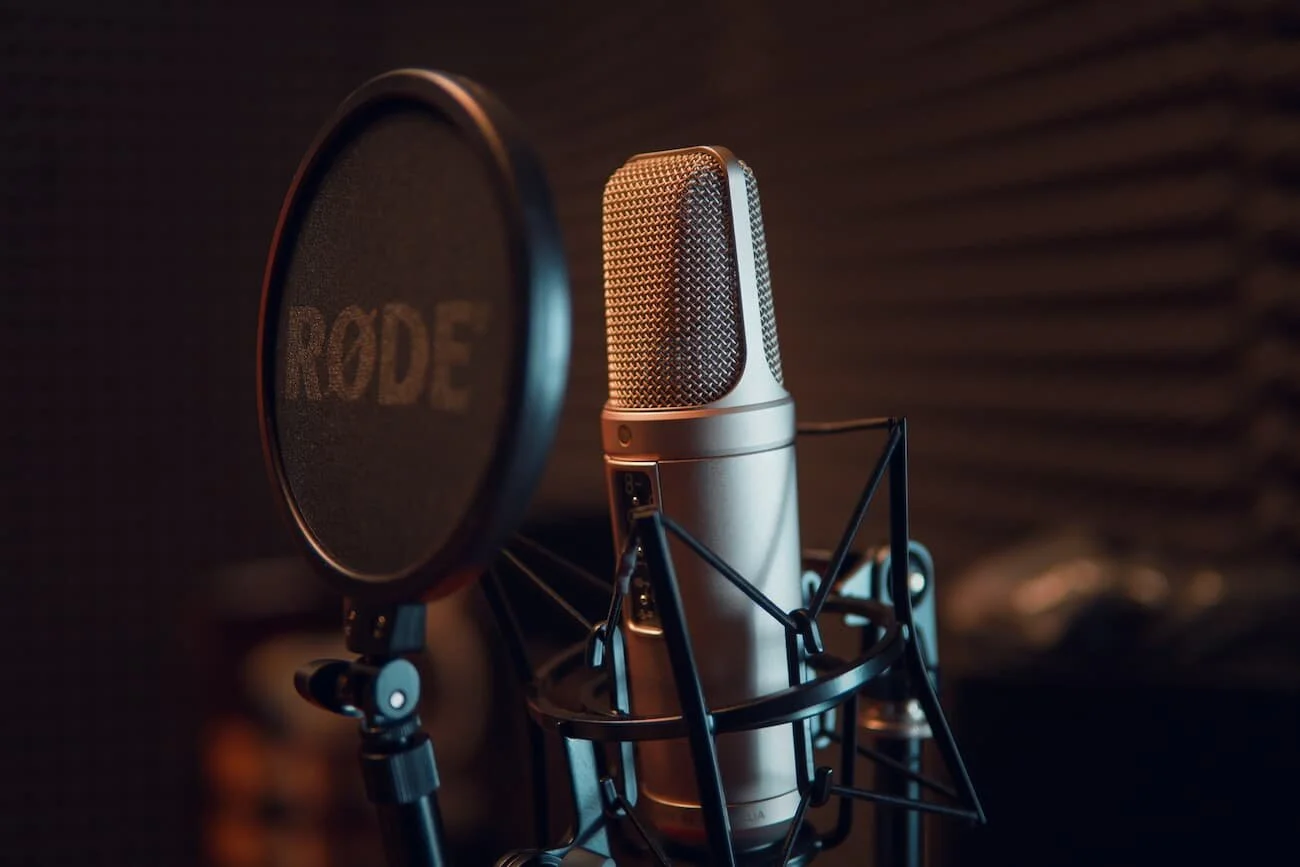Choosing the Best Software for Podcasting
Choosing the best software for podcasting may be one of the most confusing parts of getting your podcast up and running. Instead of just listing off some popular software packages, I will first share some thoughts on the different roles software plays in producing a podcast. The main roles are recording, editing, processing, and encoding. In some cases, all of these functions can happen with one piece of software. In others, multiple programs may be used to get the job done. To understand each of those roles, check out the post Starting Your Own Podcast #2a: Podcasting Software. I think it is worth the read because, if you understand each part of the flow, the software selection process may be less confusing. I also get that some people don't want to go that deep, so I will offer some clear options.
You don't necessarily need software to record your podcast. If you are using a field recording like the Zoom H4n Pro 4-Track Portable Recorder, you can record straight to the memory card. However, if you are recording with a remote guest, you will need some type of software unless you are really creative. Although there are some other options, here I will look at using software to record your podcast either in an in-person setting or remotely.
In-Person Vs. Remote Podcast Recording
Affordable remote audio recording options have been around for a while, but the whole ecosystem exploded during the COVID-19 pandemic. As the world begins to open up, as many countries seem to be turning the tide on Covid 19, people will soon be able to gather together. Many podcast hosts have enjoyed the flexibility of using software to record from multiple locations. Still, many are looking forward to the experience of co-hosting or interviewing in person again. It seems that right now, most of my clients as asking about a software solution that will handle both in-person and remote recording.
Note: some podcasters use a different piece of hardware and/or software when they have a remote guest, and I know this because I can hear everything about the sound quality change when the interview begins. There are ways to mitigate this when there is some reason to use different software for different scenarios. Still, it is crucial to make sure everything is set up just right. Sometimes it as simple as a setting in the remote recording software that is set to record the webcam mic instead of the host's mic.
Software for Podcasting In-Person Recording
Let's assume that everyone can be in the same place when recording your podcast. Maybe it is just you, or perhaps you have co-hosts and guests. Whether you are on a Mac or PC, there are many options available, and some are free. You do have one decision to make upfront. There are some software options out there that will only do this one thing. You can use any high-quality recording app to get decent results. Still, you will likely need another piece of software to take care of the rest of the production process. It may make sense to choose recording software that can also handle editing, processing, and encoding.
What Are Some of the Best Software Options for In-Person Recording of Your Podcast?
Professional Grade for Mac or PC - Adobe Audition
Price: $20.99/month with 12-month subscription - other payment options available.
Difficulty: Advanced. If you pick up new tech things quickly, this shouldn't be an exception, especially since there are so many tutorials available both from Adobe and an assortment of YouTube channels. If that does not describe you and you have no previous audio or video editing experience, this might be a steep learning curve.
Occasionally I find someone who realizes they already have access to this. Adobe Audition is included with the full version of the Adobe Creative Cloud Suite, which many creatives subscribe to because it includes Photoshop, Premiere, Illustrator, InDesign, and a bunch more. With no prior experience, someone might have to put some serious effort into learning this. Still, it is really well-designed software with a solid user interface. Since it is on a subscription model, Adobe is continually making improvements. It has a lot of built-in presets and templates. This means that you don't have to learn everything about the software when you just want to record your podcast.
I am a big fan of Adobe Audition, and I use it for just about everything, including my podcast and client podcasts I produce. I also use it for the rest of my voice over and production business.
Powerful and Free for Mac or PC - Audacity
Price: Free
Difficulty: Advanced. Some might argue this point, but I find Audacity more difficult for new users than Audition. It is not really a fair comparison. Adobe is a massive company that charges everybody around $20 a month just to use Audition. Audacity is totally free, and all upgrades and refinements are done by volunteers.
There aren't many things I can do in Adobe Audition that I can't do in Audacity. There is certainly nothing podcast-related I can't do in Audacity. So, why pay for Adobe? I just find it works better. It is more stable and less likely to crash (though it does still crash). The interface is pretty seamless and easy to look at. Even better, Adobe continually makes minor adjustments, and some of them are downright magic. The user interface is a little harder to use in Audacity, but it won't be a problem if you have the patience or pick things up fast.
It's Already on Your Mac - GarageBand
Price: Free
Difficulty: Beginner. It doesn't get a whole lot easier than this, especially when there is an abundance of tutorials showing you exactly how to record, edit, mix, and get an episode ready for publishing. Many of them have detailed screenshots so you can follow along or even show you step by step in a video.
GarageBand, in addition to being a great little free package for those who want to create music, Apple has also made it dead simple for podcasters. Sure, there are way more powerful digital audio workstations out there. Still, major artists have produced entire albums using Garageband. I am pretty sold on Apple's ability to make a product that will feed more content into their Apple Music and Apple Podcasts machine.
It's Like Garage Band But Way Better - Logic Pro
Price: $199
Difficulty: Intermediate to Advanced. Honestly, for GarageBand users, the switch won't be that hard.
Logic Pro is fully featured audio production software designed for professionals. Like its competitor, Adobe Audition, you could produce an entire studio-grade music album with this (and the right equipment). Fortunately, if you use GarageBand, making the leap isn't that hard. You can open GarageBand files using Logic, and the interface looks similar. I find that with clients that work with GarageBand, upgrading to Logic is a good move since you get access to some much more powerful features. If I didn't use Adobe Audition, I would likely use Logic Pro. In some ways, it would make my life easier since I use Final Cut Pro X for video, and Logic integrates seamlessly.
A Focused Solution for Mac or PC - Hindenburg
Price: $95 or $375
Difficulty: Beginner/Intermediate. I am really impressed with how easy this is to use. Even if you are not at all tech-savvy, someone could show you how to use this in just a few minutes.
Originally designed for radio reporters, Hindenberg focuses on simplicity. It lacks some of the features of more advanced digital audio workstations. Still, most podcasters have no need for any of that. I got tired of just reading about it, so I downloaded a trial copy. I think it might be safe to say that this is one of the easiest ways to start podcasting. I chose to only review the less expensive "Journalist" version ($95). If you are just starting out, this is all you need. Still, if you have the money, the "Pro" version ($375) has some great tools that may help your podcast sound better. Things like magic levels, noise reduction, and normalization may make it simpler for inexperienced podcasters to make things sound great.
What Are Some of the Best Software Options for Remote Podcast Recording?
This list is a bit messier than the others. Some of these include everything you need to record and produce your podcast, while others are only a part of your setup. For instance, there may be software that will record a video call for you, but you will still need to mix and edit using something else.
Record Only
Free and Well Known - Zoom
Price: Free or $149/year and up.
Difficulty: Beginner. A lot of people know how to use Zoom now. Just make sure you spend a minute on Google making sure you have all your settings right, and don't forget to hit record.
I have heard some podcasts come out just fine this way, especially when done the right way. Zoom has the capability of recording each speaker in a different file. If you have the skills and software to merge those tracks (or, if you work with an editor like me), you will have an easier time editing and getting everything to sound right. Still, the quality isn't excellent, especially if the host or guest has a poor connection or a bad microphone.
A More Powerful and Stable Option - Zencastr
Price: Free or$20/month
Difficulty: Beginner. This platform is designed specifically to help you record your podcast with remote guests. The only technical thing you will need to get is ensuring that you and your guest are running the correct and latest browser.
The folks at Zencastr have really focused on making their service easy to use. Their quality is impressive as well. First of all, the recordings for each participant are recorded locally on their device and then uploaded to Zencastr. That means that they won't be garbled or dropout if your guest or co-host has a bad connection. Second, the recording quality is excellent. Zencastr claims "lossless 16-bit 48k WAV audio," and each participant is on a separate track. I haven't used Zencastr, but I have edited and produced podcasts recorded on it, and I was pretty impressed with the results.
The One That Does Everything for You - Alitu
Price: $28/month or $280 a Year.
Difficulty: Beginner. Really, if you are worried about how you will handle all the parts of recording, editing, and mixing your podcast, this is for you.
This could have actually gone under "in-person recording" as well. With Alitu, you can create your podcast from start to finish, all from within their website open in a browser window on your computer. From one host speaking into a mic to multiple hosts in multiple locations and remote guests, Alitu can capture it all. And then, it will clean up and process all of your audio. You can upload any audio you may have recorded somewhere else, and it will clean up and process that too. It will then help you lay everything out in the proper order and even edit out ums, uhs, silence, and make other editorial adjustments. Then it puts it all together and helps you upload it to your podcast host. After really checking it out, I am not really sure why everyone isn't just using this.
The One That's Free and Does Almost Everything for You - Anchor: Record With Friends
Price: Free
Difficulty: Beginner
If you want to start a podcast and invest as little money and effort as possible, the Anchor platform may be a good place for you to start. Anchor's Record with Friends lets your record your podcast with up to five additional remote participants. They can be co-hosts or guests. Only one person needs an Anchor account. Remote participants can call in using the Anchor app or via a web browser. One note, the person initiating the call and recording needs to do it using the Anchor app. This isn't really a problem, but it does raise questions of sound quality. Anchor states in their help article on the feature, "this feature is not compatible with most external microphones when used with the mobile app. For reliability in recording with this feature on your mobile device, we advise you, and your guests talk directly into the mobile phone being used during the call." That might be a deal killer for some podcasters who really want the best quality sound, but it will likely be just fine for many podcasters starting out. Once you are done, you can edit your episode and publish it right on Anchor. Just don't expect a lot from the editor. It is very basic but not robust. Also, note that the host and guest all get recorded on one track. Zencastr and Zoom both can record every participant on their own track. This is a big deal for those who want the best sound and most flexibility when editing.
That is Certainly Not All of the Best Software for Podcasting
If I have left something off this list, please comment below or drop me a note on social media and let me know. There are many new options, especially in the web-based space, and new offerings every day for remote recording of both audio and video. Even more, the proverb "Necessity is the mother of invention" really comes into play in the world of podcasting. I always ask clients about their setups and workflow, and I learn something new all the time.

















